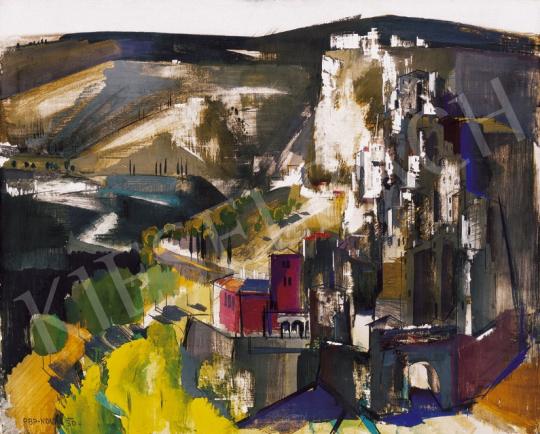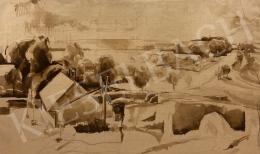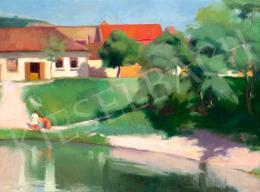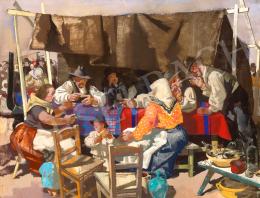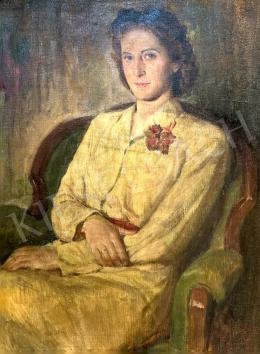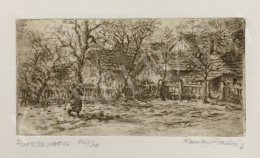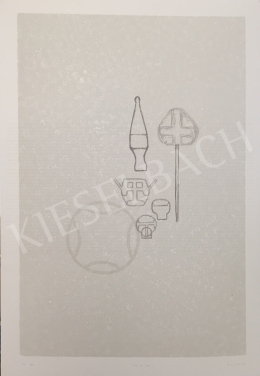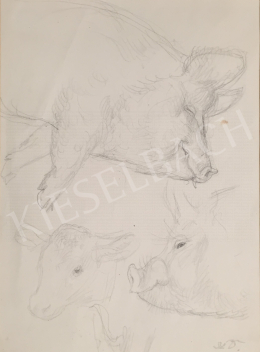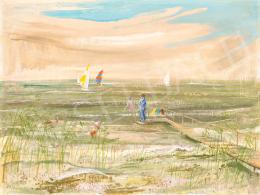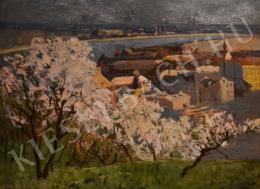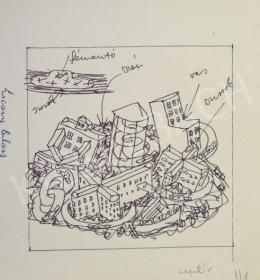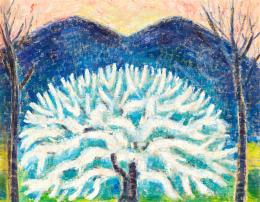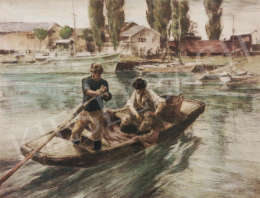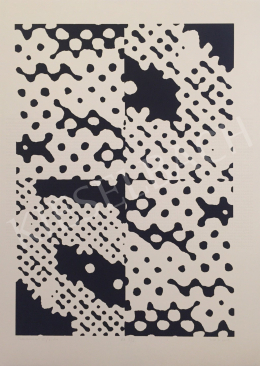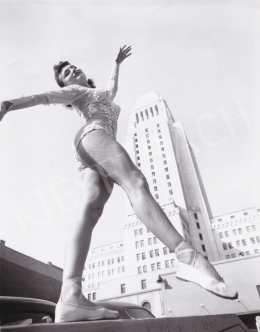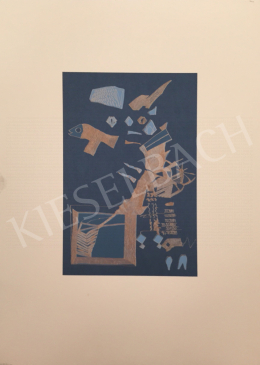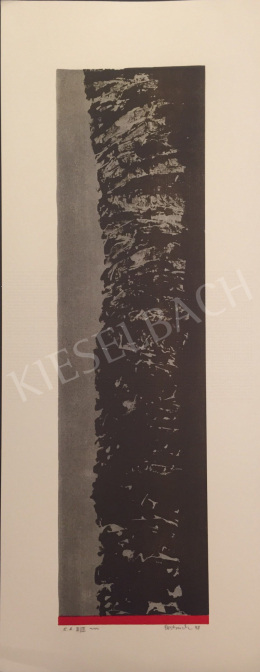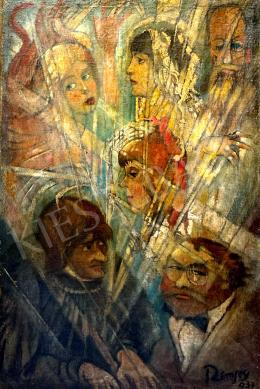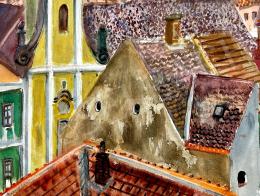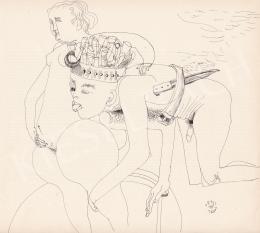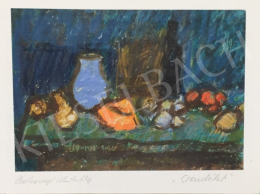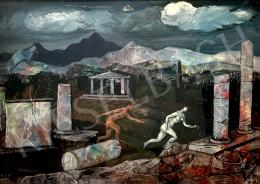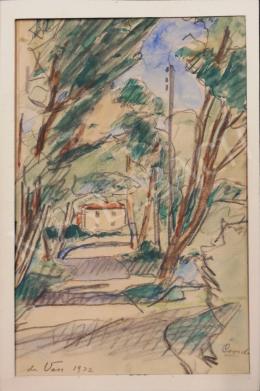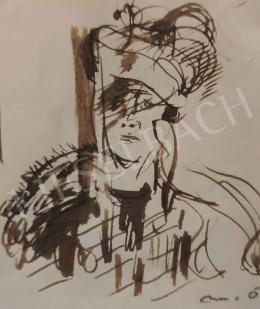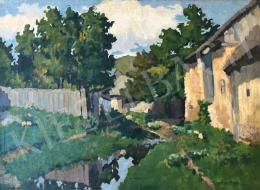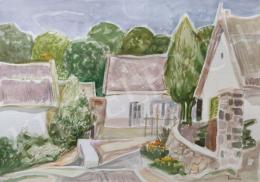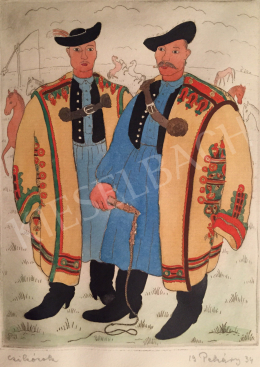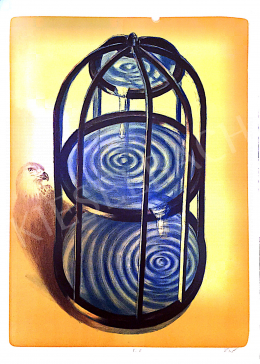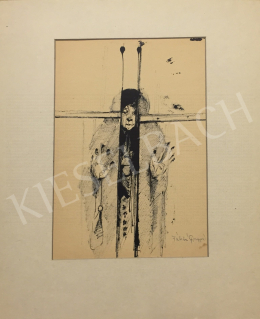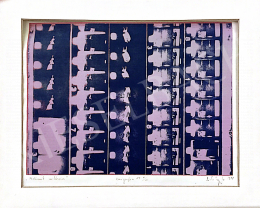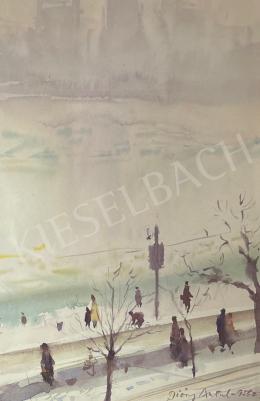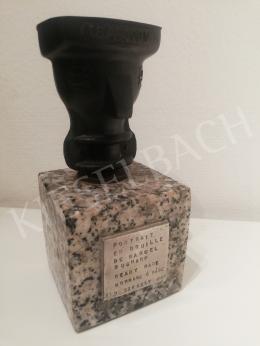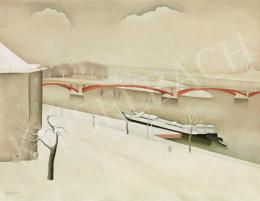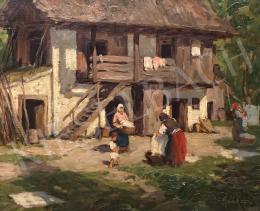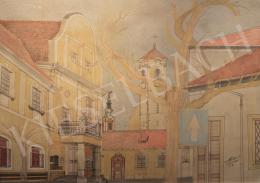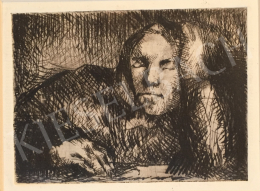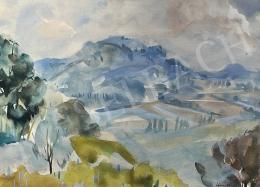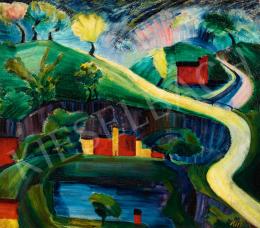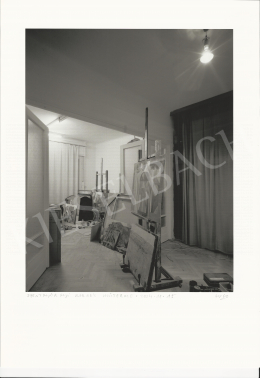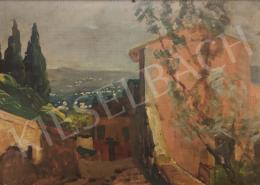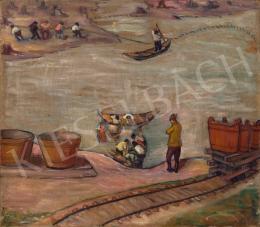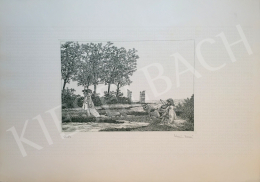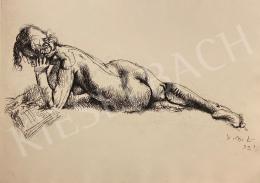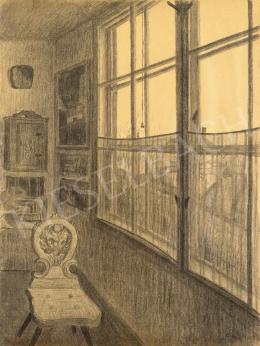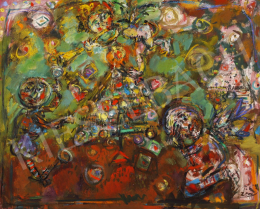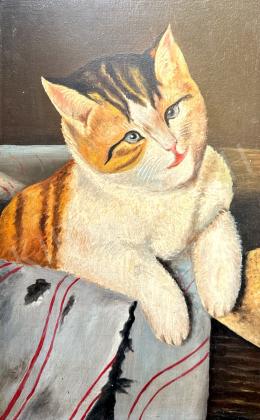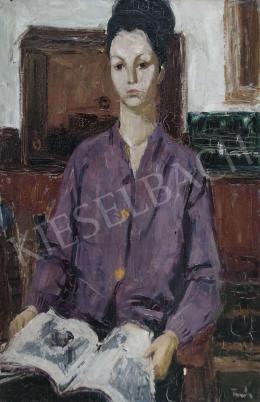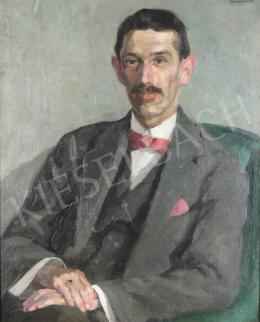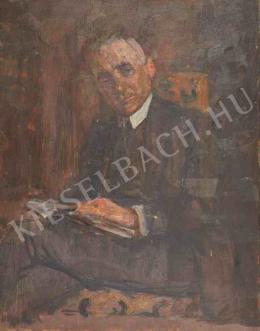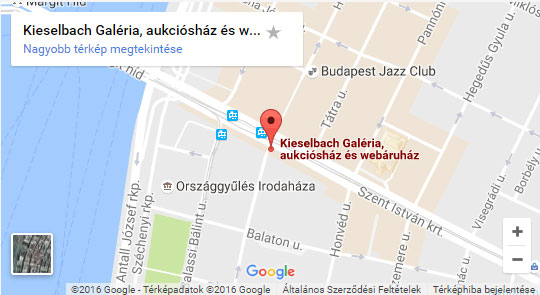Provenance: It was owned by Ernő Varga
Exhibited: Aba-Novák Vilmos és Pátzay Pál gyűjteményes kiállítása. (The Rertospective Exhibition of Aba-Novák Vilmos and Pál Pátzay.) Ernst Museum CXVII., 1931.
Literature:
Aba-Novák, Vilmos: Vallomás. In.: Magyar Művészet, 1931/3. 129-136.
Supka, Magdolna: Aba-Novák Vilmos. Budapest, 1966.
Farkas, Zoltán: Aba-Novák Vilmos művészete. In.: Magyar Művészet, 1931/3.137-146.
Ybl, Ervin: Aba-Novák Vilmos művészete. In.: Új Szín, 1931. I/2. 56-64.
Aba-Novák's art is beautifully presented at the winter auction of the Kieselbach Gallery. The viewer can find outstanding pieces of the oeuvre from almost every period. The style of the 1920s is represented by a landscape and a genre with a metaphysical mood, while the years after that spent in Italy are represented by masterpieces like Ferry Crossing, Herd at Noon and the one discussed here.
In 1929 Aba-Novák got a scholarship to Rome. The inspiring Italian landscape and the masterpieces of the country made a great impression on all the Hungarian students who managed to get there. While most of them were enchanted mainly by the monuments of the quattrocento, Aba-Novák was more interested in the early Christian Byzantine frescos and the 'primitives' of the trecento. His fantasy was set into motion by Giotto's frescoes, the narrativity of their compositions that came unbound as carpets, and the bright, clean colorit of the old panel pictures. However, the steps taken to new ways of representation remained fruitless experiments for a while: the artist, who had a virtuous graphical vein, had lots of difficulties with finding the painting style which could satisfy his inner requirements. The breakthrough was finally achieved by a new device: instead of oil paint he began to use tempera. His perfect technical knowledge, craftsmanship and graphical ability made it possible for him to utilise all the advantages of the new material. The surface of his pictures became light and airy, and their physical condition - as it can be experienced with paintings from the Renaissance - were much more permanent. From this point, he painted his pictures on thin boards which were carefully prepared, and he stirred the colors himself.
For Aba-Novák, the milieu of the little medieval towns in the countryside meant much more than Rome. He went to this little study-tours together with his friend, Károly Patkó. In one of his letters he wrote as follows: 'After the baroque cult of Rome I could respire. My journey - Perugria- Arezzo- Francavilla al more- San Vito-Sanciano- has been the most successful one in my life.' The sketches that were completed into pictures later in his studio in Budapest had been born during this journey. The sight of the hills studded with little houses and that of the medieval towns creeping up to steep rocks is enlivened with characteristic buildings: charming renaissance campaniles, viaducts, gothic gates and deserted knight castles, with the monotone rhythm of plants characteristic of the land, like pines and cypresses. There is something mysterious in Aba-Novák's Italian landscapes. Zoltán Farkas described them as follows: ' Most of the pictures are surmounted by a deep silence, they do not speak about a teeming life. If, sometimes, they have human or animal figures, they are also melting into this deep calm. They are dreaming, as eternal captives of a life that cannot be changed or avoided, that does not have great waves and fast changes, only necessarily slow vegetation
.This world does not have wishful desires and sufferings, these silent towns and their habitants never labour, they live their life that does not have a future different from the past or the present.'
Aba-Novák's painting is more than a landscape represented with topographical exactitude; it grasps the intimate mood of the experience and expresses the creator's joy over possessing a new, but confidently applied technique.
Molnos, Péter






